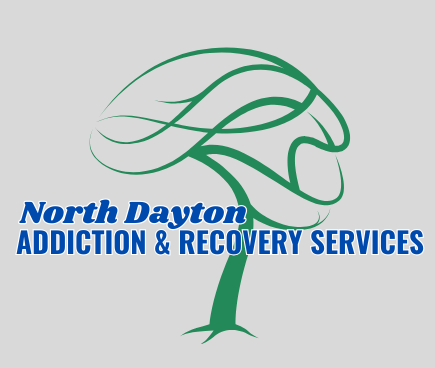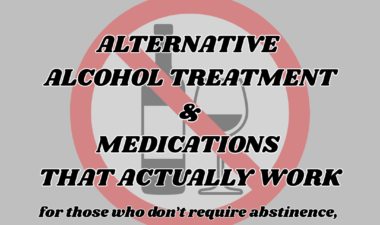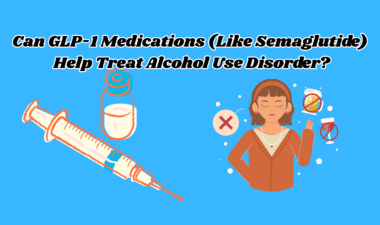“ALCOHOL USE DISORDER” TREATMENT:
SUCCESS WITH DRINKING REDUCTION USING “THE SINCLAIR METHOD”
What is The Sinclair Method?
The Sinclair Method (TSM) is a research based, medication assisted treatment for alcohol use disorder. This method targets the brain’s reward system resulting in the reduction of heavy drinking and addictive cravings. The use of the opiate and alcohol blocker naltrexone is used to turn habit-forming behaviors into habit erasing behaviors. This treatment process returns a person’s craving for alcohol to its pre-addiction state. The treatment protocols are particularly effective for individuals who drink heavily daily, as well as binge alcohol users.
When an alcohol user adheres to the Sinclair method approach, most people cut down their alcohol consumption to safe levels and many stop drinking alcohol altogether. This process usually requires 3 to 6 months. Contrasting to the conventional method of abstinence used to treat alcohol dependence, the Sinclair Method uses naltrexone to lower the reward of alcohol with the goal of gradually reducing alcoholic consumption. This method is considered to be a “gentler” approach than the conventional treatment approach of complete abstinence. The Sinclair Method sets more attainable goals for heavily dependent users.
- Adherence to the following protocol items are required for an alcohol user to be successful with The Sinclair Method:
- Take medication (naltrexone) one hour before drinking, every time you drink.
- Accurately track your drinks. (Keep an accurate drink log.)
- Take part in pleasurable activities on the days when you do not drink. (Plan schedule such that days in which alcohol are not consumed are enjoyable and relaxed.)
- Have a support system in place. Whether it’s family and friends, a peer support group, formal counseling, or a combination of these, support is critical to recovery success.
- Due to potential medication side effects, limited blood laboratory testing is required every 3-4 months during naltrexone use.
Questions About TSM
The following are the answers to important questions related to TSM:
Can I use TSM for moderation?
Absolutely! About 88% of people using TSM have a goal of moderate drinking.
How much will I reduce my drinking?
Researchers have published that TSM has an overall 78% success rate in reducing alcohol use. Everyone is different, but on average TSM users who strictly adhere to the methods protocol experience the the following reductions in Alcohol use:
- First 30 days: 10 – 20% reduction
- 30 days – 6 months: 10 – 50% reduction
- 6 – 12 months: 50 – 90% reduction
- 1 – 2 years: 70 – 100% reduction
- 2+ years: 80 – 100% reduction
Can anyone use TSM?
No. If you are taking an opioid medication, if you are currently pregnant, or if you have severe liver damage, TSM is not recommended.
What are the side-effects of naltrexone?
Side effects are a potential with every medication, and naltrexone is no different. Most common symptoms include mild nausea, abdominal cramps, restlessness, bone or joint pain, myalgia, and difficulty sleeping. These usually subside within the first two week of treatment. Though very rare, naltrexone can elevate liver enzymes, necessitating periodic blood testing for to detect this condition.
The doctors at North Dayton Addiction & Recovery have seen very positive results with this method, especially when the medication is coupled with short-term individual counseling and/or participation in weekly moderation support groups. Many patients using The Sinclair Method report that they are far less likely to over drink after taking naltrexone and they experience reduced cravings and obsession with alcohol.
For more information about our use of naltrexone to treat alcohol problems, please contact us at 937-365-HELP (4357).




